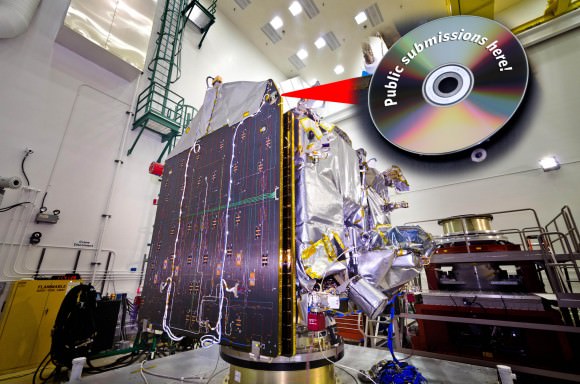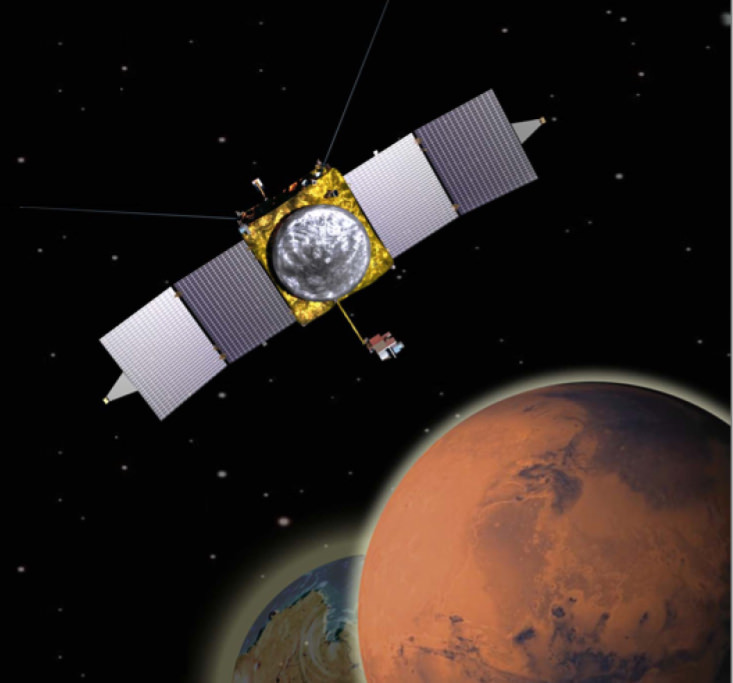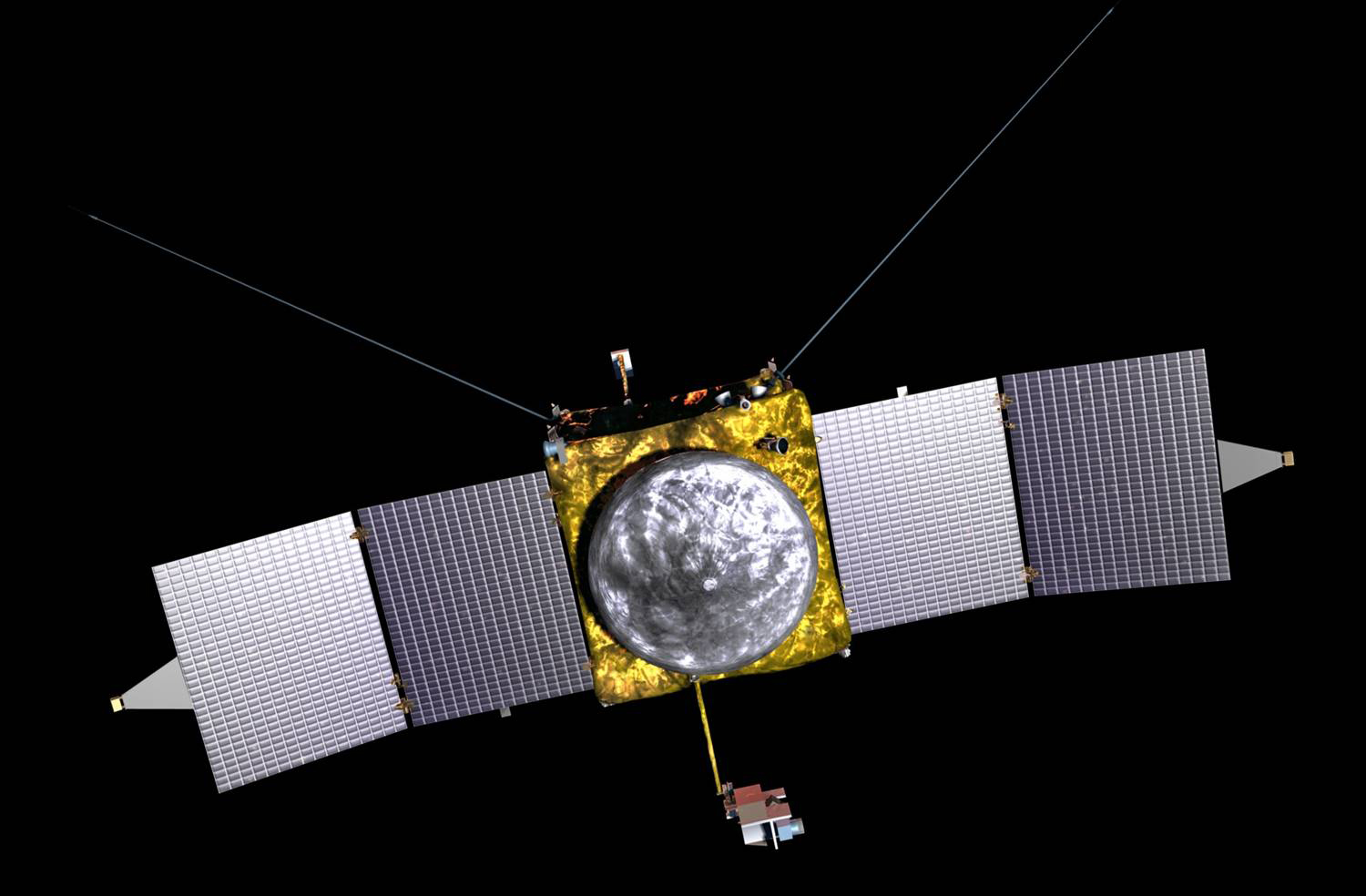Do you want to go to Mars?
Well here’s your chance to get connected for a double barreled dose of Red Planet adventure courtesy of MAVEN – NASA’s next ‘Mission to Mars’ which is due to liftoff this November from the Florida Space Coast.
For a limited time only, NASA is offering the general public two cool ways to get involved and ‘Go to Mars’ aboard a DVD flying on the solar winged MAVEN (Mars Atmosphere and Volatile Evolution) orbiter.
You can send your name and a short poetic message to Mars via the ‘Going to Mars’ campaign being managed by the University of Colorado at Boulder’s Laboratory for Atmospheric and Space Physics (CU/LASP).
“Anybody on planet Earth is welcome to participate!” says NASA.
“The Going to Mars campaign offers people worldwide a way to make a personal connection to space, space exploration, and science in general, and share in our excitement about the MAVEN mission,” said Stephanie Renfrow, lead for the MAVEN Education and Public Outreach program at CU/LASP.
Signing up to send your name is easy. Simply click on the MAVEN mission website – here.

Everyone who submits their name will be included on a DVD that will be attached to the winged orbiter. And you can print out a beautiful certificate of participation emblazoned with your name!
Over 1 million folks signed up to send their names to Mars with NASA’s Curiosity rover. So they are all riding along as Curiosity continues making ground breaking science discoveries and already found habitats that could support potential Martian microbes.
Writing the haiku poem will require thought, inspiration and creativity and involves a public contest – because only 3 poems will be selected and sent to Mars. The public will vote for the three winning entries.
Haiku’s are three line poems. The rules state that “the first and last lines must have exactly five syllables each and the middle line must have exactly seven syllables. All messages must be original and not plagiarized in any way.”
The complete contest rules are found at the mission website – here:
This is a simple way for kids and adults alike to participate in humanity’s exploration of the Red Planet. And it’s also a great STEM activity for educators and school kids of all ages before this year’s school season comes to a close.
“This new campaign is a great opportunity to reach the next generation of explorers and excite them about science, technology, engineering and math,” said Bruce Jakosky, MAVEN principal investigator from CU/LASP. “I look forward to sharing our science with the worldwide community as MAVEN begins to piece together what happened to the Red Planet’s atmosphere.”
MAVEN is slated to blast off atop an Atlas V rocket from Cape Canaveral Florida on Nov. 18, 2013. It will join NASA’s armada of four robotic spacecraft when it arrives at Mars during 2014.
MAVEN is the first spacecraft devoted to exploring and understanding the Martian upper atmosphere. The spacecraft will investigate how the loss of Mars’ atmosphere to space determined the history of water on the surface.
But don’t dawdle- the deadline for submissions is July 1.
So, sign up to ‘Go to Mars’ – and do it NOW!
Juice up your inner poet and post your ‘Haiku’ here – if you dare


![470505_10150721848592868_1231281550_o[1]](https://www.universetoday.com/wp-content/uploads/2013/05/470505_10150721848592868_1231281550_o1-580x214.jpg)
